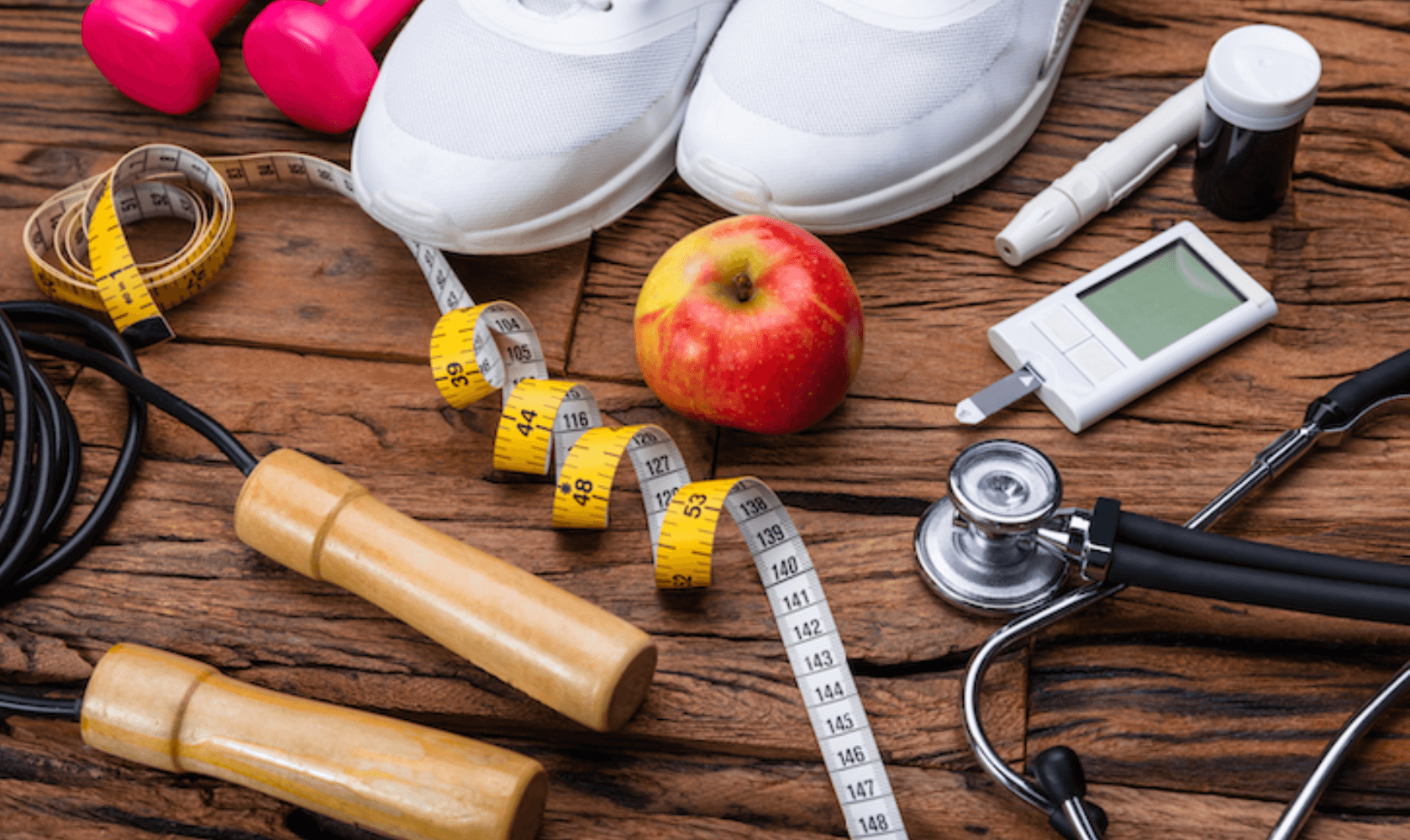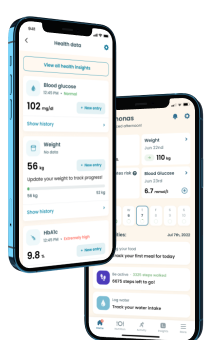3 Tips on How To Deal With High Blood Sugar After Exercise

Did you know that you may have high blood sugar after exercise? If you suffer from diabetes, this is important because you should know how to deal with it.
At the same time, you cannot do without exercise. It is crucial to keep yourself physically fit, keep your weight under control, and improve your health. When you have diabetes, you should ensure that you do the right kind of exercise and at the correct time.
The relationship between sport and blood sugar
People with diabetes have to manage their food intake, their insulin levels, and their physical activity. It is a delicate balance.
When you exercise, your blood sugar levels fluctuate. This fluctuation varies among individuals and depends on the amount of insulin or medications you need, your physical fitness, and the intensity of exercise. Exercise usually reduces blood sugar levels over 24 hours.
Your body reacts to exercise in different ways.
Exercise uses sugar (calories). So it reduces blood sugar levels in the body. If the sugar in the bloodstream is not enough, the liver releases glucose from its stores to make up for any deficit. This does not have any adverse effect on an average person or one who has controlled blood sugar levels.
If you have diabetes that is not well-controlled, exercise may not be an option till your sugar levels are lower. Intense exercise, when you start, can actually release stress hormones, spiking sugar levels further.
If your body does not have enough insulin to balance sugar levels, then the liver will release more sugar, increasing sugar levels further. You may suffer from diabetic ketoacidosis if there are ketones released, which may happen if the body turns to fat for energy. This can be dangerous as it can lead to coma.
That is why you must carefully time your food intake and exercise routine to avoid high blood sugar after exercise.
It is a good idea to exercise one to three hours after eating so that your body has enough available sugar to carry out physical activities. Research says that one and half hours after eating is the best time to exercise.
Avoid exercising before a meal and even after dinner, as your blood sugar may go drastically low when you are asleep.
Hyperglycemia and hypoglycemia
Knowing about the symptoms of hyperglycemia and hypoglycemia is a must. When you notice any of them, you can take corrective action fast and avoid any severe consequences.
Exercise can cause hyperglycemia or hypoglycemia in people whose blood sugar levels are not well-balanced and who may over-exercise.
Symptoms of hyperglycemia or high blood sugar include:
- Increased thirst
- Higher frequency of urination
- Weakness
- Blurring of vision
- Fast heartbeat
- Irritability
- Nervousness or anxiety
Symptoms of hypoglycemia or low blood sugar include:



- Lightheadedness or feeling faint
- Hunger
- Feeling shaky
- Sweating
- Reduced concentration or focus
- Fruity smelling breath
- Seizures
Depending on the sugar levels you have, the medicines or insulin you are taking, and the exercise, you may feel more than one symptom.
High blood sugar after exercise
When you exercise, you use energy, so it seemingly does not make sense why there should be high blood sugar after exercise. Say your blood sugar is under control under normal circumstances. Why should it spike after exercise, which is supposed to have the opposite effect?
Here’s why it can happen.
If you exercise hard or for a long time, the body releases adrenaline. This hormone increases blood sugar levels. At the same time, the insulin in the body is not enough to utilize the available sugar. The liver and kidney will release more sugar in response.
This becomes a double whammy. Low insulin and high blood sugar can be dangerous.
How to deal with high blood sugar after exercise
Exercise has many health benefits for everyone, even more so for people with diabetes. If you are worried about high blood sugar after exercise or have already experienced it, here are 3 things you should do.
Test
You should know your blood sugar levels to control them before, during, and after exercise. This is particularly true if you are just starting out to exercise after a diabetes diagnosis.
- If your blood sugar is 100 mg/dL (5.6 mmol/L), it is too low, and you need to balance it by taking some glucose tablets, a sweet, or a snack.
- When your blood sugar is 100 to 250 mg/dL (5.6 to 13.9mmol/L), you are in the safe pre-exercise range.
- With a blood sugar of 250 mg/dL (13.9mmol/L) or more, it is high, and you should test your urine for ketones.
- If your sugar levels are over 300 mg/dL (16.7mmo/L), your urine test will reveal ketones, and you will need to take some insulin or medicines and then wait and test again. Only when there are no ketones is it safe to exercise.
Recheck your blood sugar levels after exercising and several hours later so that you don’t suffer from low sugar levels when you are asleep.
Rest
Avoid exercising till your sugar levels have stabilized. And then start slowly and don’t do strenuous exercise. A steady rate of cardio is better than short but intense bursts of activity if this causes sugar spikes. Once your sugar levels are under control, you can do some more strenuous exercise.
Hydrate
Drinking more water helps remove high blood sugar. Even minor dehydration can affect sugar levels in people with diabetes and lead to 50-100 mg/dL higher sugar levels. Exercising in summer can increase your water requirement, so make sure you are drinking at least 8 glasses or more of water daily.
Apart from this, you must check with your health care practitioner what kind of exercise is suitable for you. They will advise the best course of action given your age, weight, physical fitness levels, diabetic management goals, and blood sugar levels.
Always listen to your body. If you show any signs or symptoms that something is wrong, get checked.
Key takeaways
- Contrary to the widespread perception that exercise reduces sugar levels, some forms of exercise can cause high blood sugar levels in people with diabetes. This happens when your body’s insulin levels are not enough to use up the sugar, and the adrenaline released increases sugar stores even further.
- Balance your exercise, insulin (or medicines), and food and water intake. They will help prevent high sugar levels after exercise and prevent any health problems.
- Test your blood sugar often enough – it is easy enough to test your sugar yourself, thanks to the monitors available. And don’t forget to follow medical advice before starting any new exercise and diet routines.
- Take the correct action to avoid hyperglycemia or hypoglycemia. Eat the right foods at regular intervals and drink sufficient water instead of soda and sweet beverages to prevent sugar spikes and crashes.
Take a quiz and get your diabetes-management plan today!









